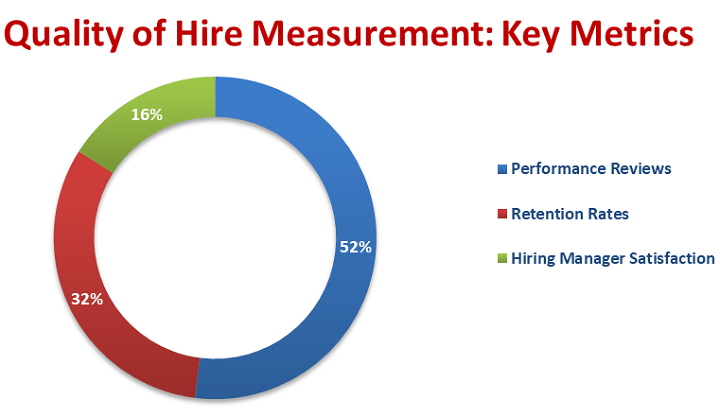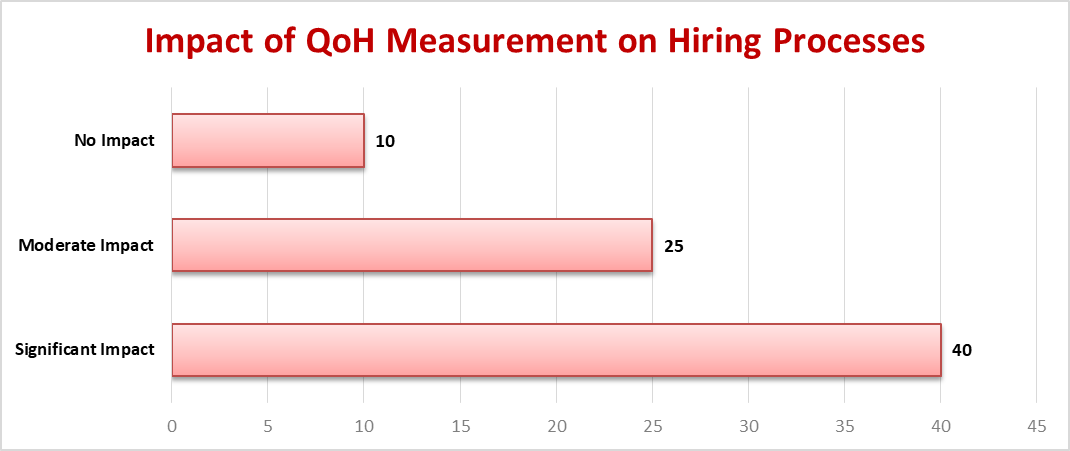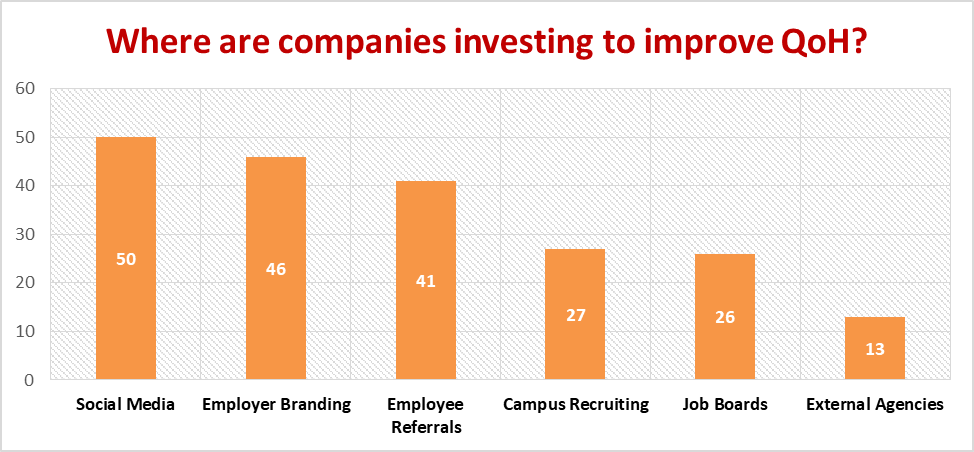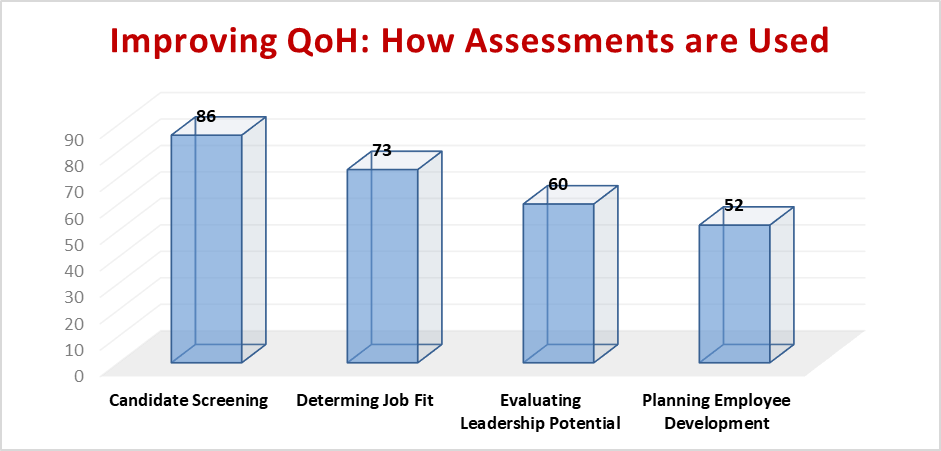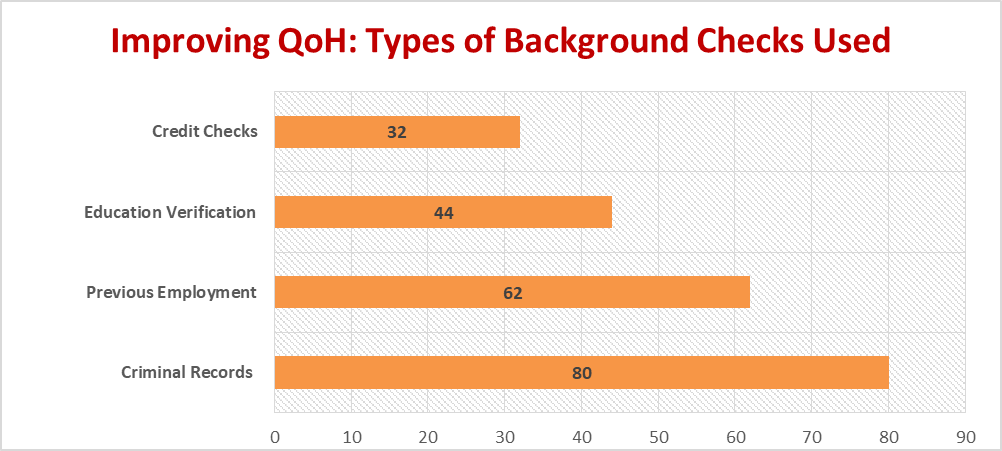In a 360 degree connected world in which all audiences, including customers, stakeholders, investors, and employees are on a single platform, social media offers a crucial avenue for brands to develop direct relationships with their audiences.

Customers are more likely to engage with brands that deliver humanized solutions. From a marketing perspective, it’s important to create content that connects with people personally rather than a one size fits all approach. Relationships with customers can be strengthened by providing customer support channels through social platforms.
Helping customers on their terms, in their preferred application, helps improve brand loyalty and provides an opportunity to win back a customer that had a poor experience with a product or service. Lastly, brands can utilize social conversation to offer incentives to targeted individuals, ensuring high penetration amongst the customers you are trying to attract. All these efforts on social platforms are proven today to increase brand loyalty, win back dissatisfied customers and help in conquest marketing campaigns.
Social media has become a very important feedback tool for brands as it helps them to avoid blind spots around brand perception, product challenges/successes and reputation. It allows industries to identify opportunities and to drive customer engagement around certain topics based on sentiment or perception. From identifying market readiness for the product launches and campaigns to proactively combating misinformation and managing crisis, social media is helping brands to identify and manage customers’ perceptions through effective social conversation and intelligent digital marketing.
Social media has opened up a marketing channel that no one could have envisioned 15 years ago. The direct access to existing customers and potential customers in an environment of their choosing is unconscionably effective. The potential to go viral with little spend feeds social marketing budgets. But that yearning for virality has risks. An unforeseen messaging conflict or overlooked politically incorrect tone can result in devastation for a brand.
Marketing managers are required to create strategic approaches to take advantage of the benefits, while minimizing the risks. Some of these framework strategies are listed below:
- Develop creative, personalized content; don’t come across as promotional
- Generate synergistic partnerships with like-minded brands or influencers
- Develop communities for unbranded opportunities
- Leveraging social platforms to enhance traditional or digital campaigns
- Evaluate all content for political correctness, its intersection with current events and for cultural sensitivity
ATCS is using the power of AI to analyze social conversation to provide qualitative and quantitative insights. Through social listening, we are advising customers on strategies for driving company reputation campaigns, product launch strategies, unbranded initiatives, and community development. Through storytelling, we are helping our clients understand their customers’ journeys with their brand or competitors, identify gaps in the market or in offerings, engage with their customers to provide value and connectivity and also to identify new opportunities in the market for new products.
Our programs help clients at any stage of the journey in their broader social initiatives. For example, in initial stages we have monitored for reactive listening based on crisis situations. We have also recommended monitoring unbranded conversation around relevant client topics and provided actionable metrics for campaigning.
If the client has achieved a certain degree of maturity when it comes to social listening, we help drive intelligent decisions based on customer insights. In this phase brands are provided with deep insights to support for market launches, market gaps, customer pain points, gaps in awareness and mapping customer journeys. At this stage we also provide a closed loop picture of the customers’ digital performance based on customer behavior across public social media, search and .com analytics.
As storytelling comes to the forefront of understanding customer behavior, ATCS India will take their social listening and insights development to the next level by enabling customers to realize their strategies through Marketing Automation. Insights are best used when applied to tactics and Marketing Automation is the next logical path for ATCS to take forward. As a partner of Salesforce, ATCS is able to leverage best in class tools within the Salesforce digital marketing suite to help clients create a comprehensive picture of their target audience and provide actionable insights for brand teams.
The presence of a skilled workforce and rapidly developing market in India positions ATCS to play a strategic role in the region. Overall, the Asia-Pacific region is brimming with economic dynamism and India is often viewed as the gateway. ATCS is already prepared to benefit from this economic environment with a strategy that focuses on the development, support and proliferation of MarTech.
ATCS has developed a digital marketing IT development and insights driven COE in India that can now serve the APAC region cost effectively and more aligned with time zones. To be able to provide intelligent and actionable social marketing insights from India is a rare commodity that demonstrates ATCSs commitment and confidence in the APAC region.
About the author
Rucha Pandit is a Principal Consultant at Advanced Technology Consulting Solutions Inc. With over 6 years of experience, Rucha has managed multiple roles at ATCS. She is currently at Montvale, New Jersey where she is responsible in enabling enterprise scale social media strategy for clients across industries and markets, supporting innovative capabilities, such as command centers, across clients, using social media trends and KPI in order to optimize client’s business insight and decisions. For more information, please visit her profile.







